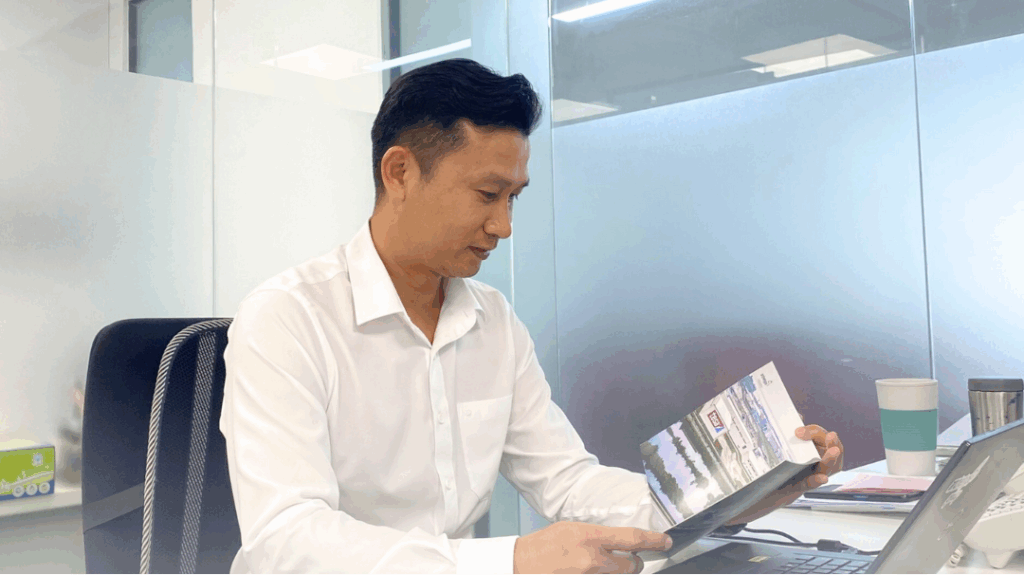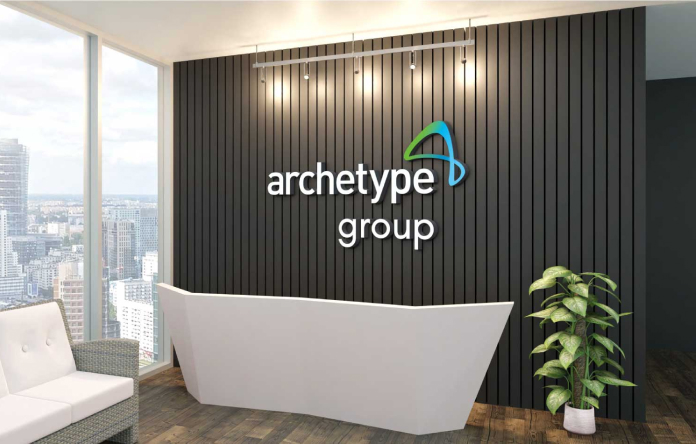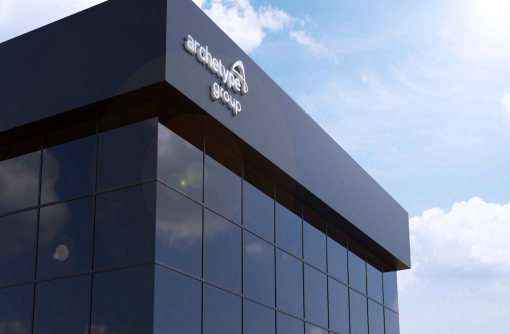Today we meet Pham Quang Thai, Deputy MEP Engineering Manager at Archetype Vietnam. With over 12 years of experience in fire protection and MEP system design, Thai has played a key role in delivering safe, efficient solutions across complex EPC and EPCM projects. His leadership in firefighting, piping, and mechanical systems ensures high technical standards from concept to completion.
His expertise in NFPA standards plays a key role in shaping fire safety strategies for industrial, commercial, and tall buildings. In this conversation, Thai reflects on his engineering journey, common pain points in the field, and how international codes help deliver safer project outcomes.

NFPA standards cover a wide range of fire protection measures. From your perspective, which NFPA standards are the most critical for modern building safety?
NFPA standards are widely used and essential in establishing fire protection and life safety measures across various types of buildings. In modern building safety, eight critical standards stand out:
- NFPA 1 (Fire Code): covers a reasonable level of fire and life safety and property protection from the hazards created by fire, explosion, and dangerous conditions.
- NFPA 101 (Life Safety Code): ensures safe building egress, especially in high-rise and complex structures.
- NFPA 13 (Sprinkler System Code): provides guidelines for designing automatic fire sprinkler systems to suppress fire effectively.
- NFPA 20 (Fire Pump System Code): design requirements for stationary pumps for fire protection systems.
- NFPA 70 (National Electrical Code): the practical safeguarding of persons and property from hazards arising from the use of electricity.
- NFPA 72 (Fire Alarm and Signaling Code): is vital for early detection and communication during fire emergencies.
- NFPA 92 (Smoke Control Systems): provides guidelines for controlling smoke movement in buildings.
- NFPA 101 (Life Safety Code): ensures safe building egress, especially in high-rise and complex structures.

Implementing NFPA standards can vary across different regions due to local regulations. What are the biggest challenges you’ve encountered in ensuring compliance globally?
Achieving global NFPA compliance is complex, due to diverse local regulations, building codes, and cultural practices. The biggest challenges include reconciling NFPA with region-specific needs and varying enforcement. Archetype addresses these by conducting thorough risk assessments, engaging local stakeholders early, and leveraging global experience to ensure practical and enforceable NFPA-compliant designs.
With 12 years of experience, you’ve worked on a variety of fire protection projects. Can you share a particularly challenging project where NFPA compliance played a critical role?
One of the most challenging projects I’ve worked on involved the renovation partly of an existing industrial facility (Virbac factory in Dong Nai province) where fire protection systems were outdated and not originally designed to meet modern NFPA standards.
Rather than a complete system replacement, we implemented a strategic, phased approach. We performed a detailed NFPA gap analysis, designed a retrofit fire protection system, and phased the implementation to align with site operations and investment feasibility.

Fire protection isn’t just about meeting codes—it’s about real-world safety. How do you balance strict NFPA compliance with practical, cost-effective fire protection solutions?
Understanding the “Why” behind the Codes is key focusing on the fundamental principles of fire protection, not just the detailed requirements of NFPA codes. We take a risk-based approach by conducting thorough analyses of fire hazards, building occupancy, and operational risks to develop effective strategies.
We also apply value engineering principles to prioritize cost-effective fire protection solutions that maintain safety standards. Our team at Archetype Vietnam leverages collaboration with architects, structural, and MEP teams, as well as project owners, to achieve NFPA compliance while optimizing material costs, installation methods, and long-term maintenance.
Let’s talk about a real-world application of NFPA expertise. Could you walk us through a recent project where your knowledge made a significant difference in fire protection?
This facility — the Tesa site in Haiphong, Vietnam — manufactures adhesive tapes for industrial use. It includes a dedicated drum storage building and separate mixing rooms for solvent-based and water-based adhesives. To protect flammable liquid storage and processing areas, a foam-water or deluge foam sprinkler system was considered as a viable solution.
Ultimately, a deluge foam-water sprinkler system was selected. Key design requirements were outlined based on NFPA 11, NFPA 30, and FM DS 7-29 and 7-32, aligning with international fire codes that offer more detailed guidance than local regulations.


